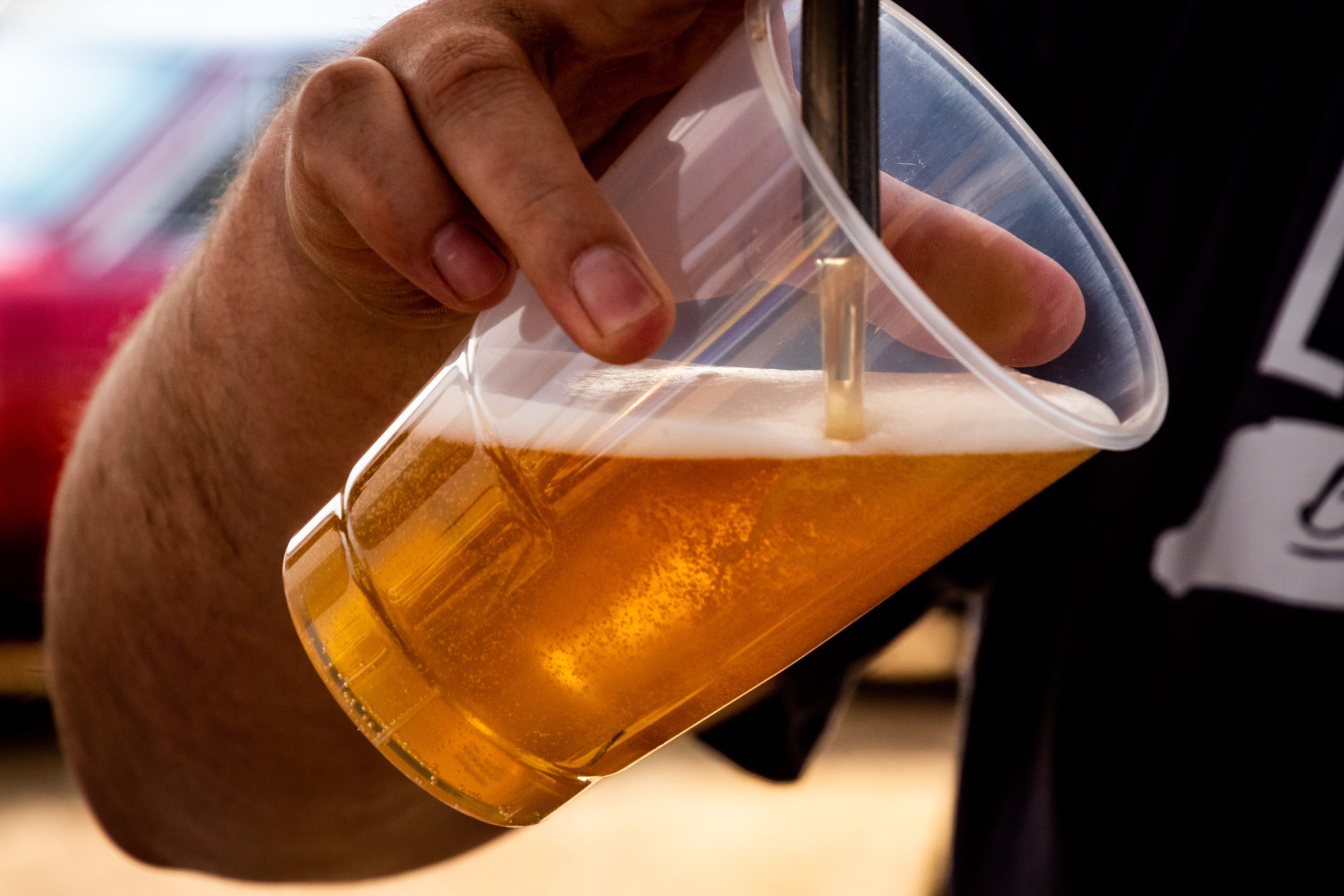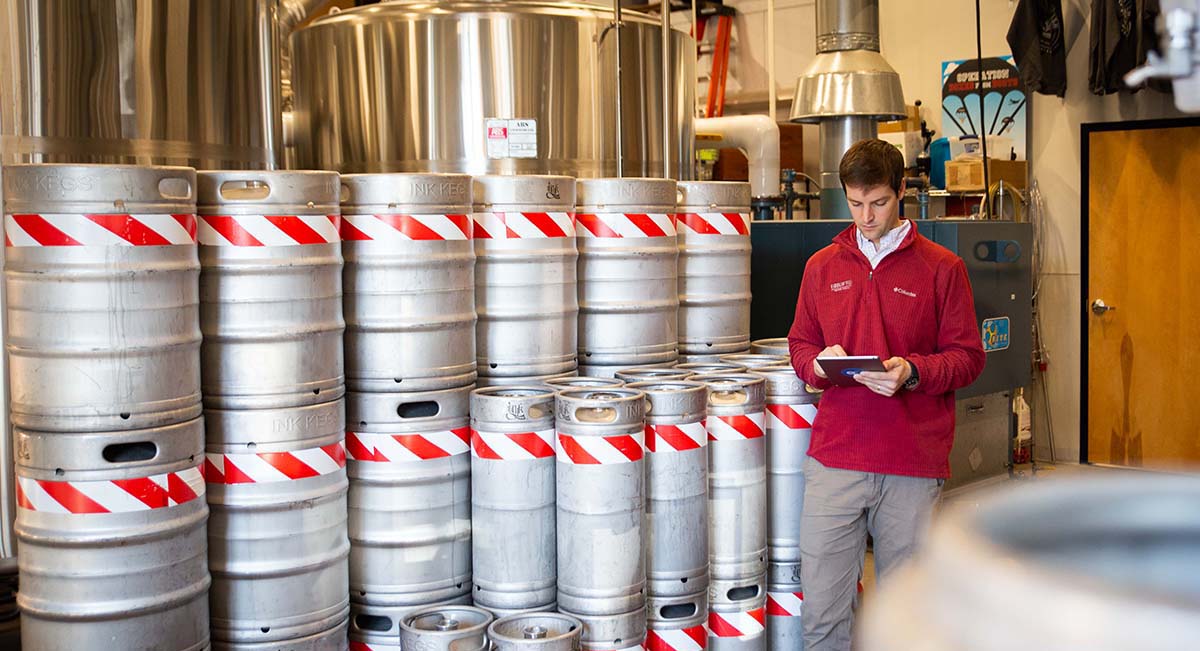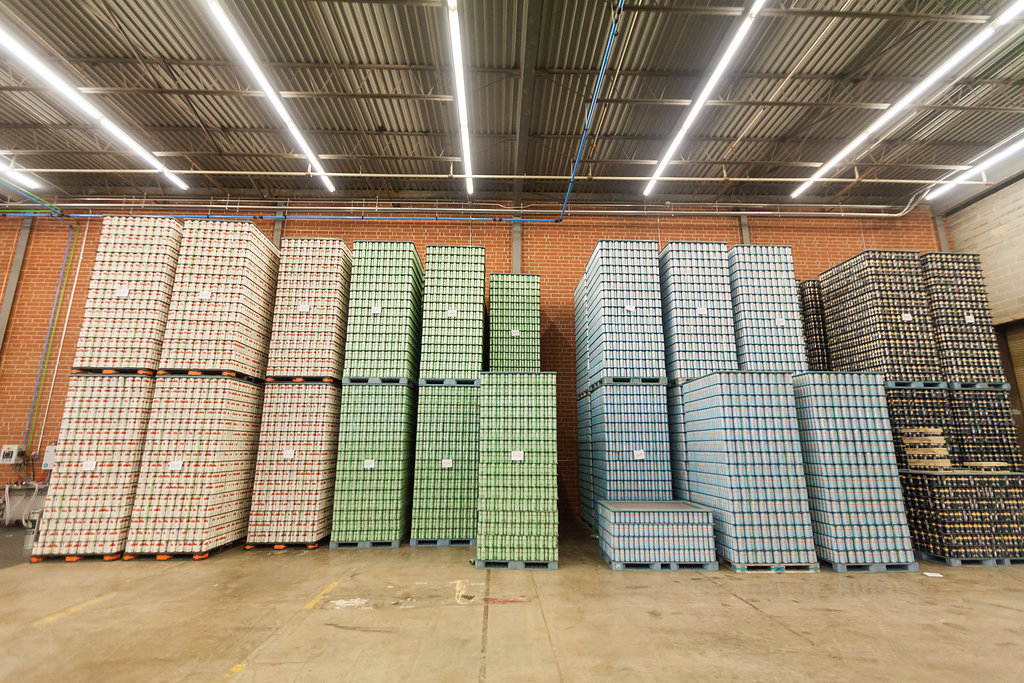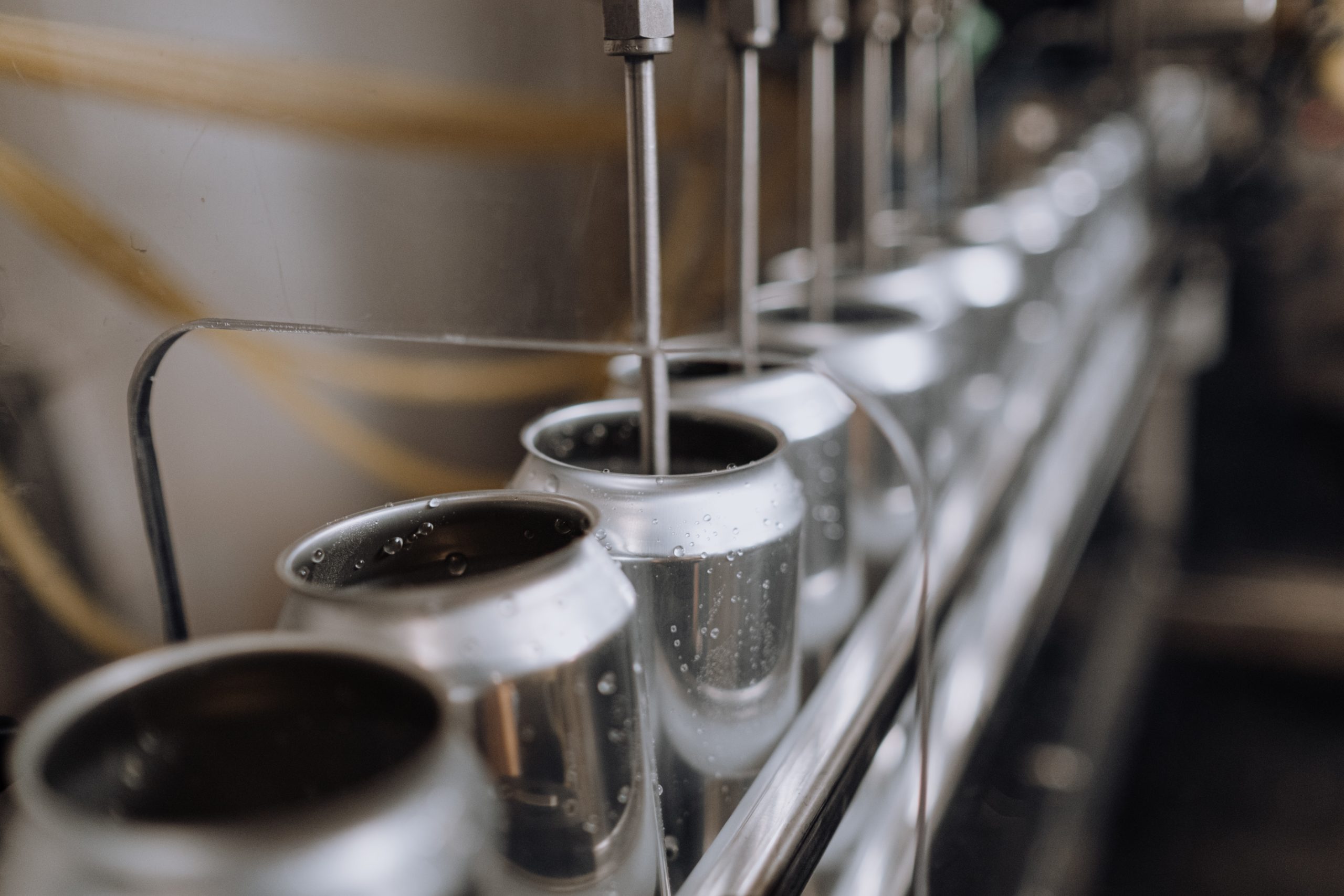Craft brewers are intimately familiar with the stress and disruption caused by supply shortages. We’ve seen shortages of kegs, aluminum cans, glass bottles, and raw materials like hops — all in the past year and a half. Between the COVID-19 pandemic and the war in Ukraine disrupting the global supply of grain, manufacturers in our industry have had a difficult time finding consistent, reliable sources for necessary supplies. Luckily, the craft brewing industry is full of resourceful, creative people who know how to make the best of a difficult situation.
The latest challenge faced by our industry is a carbon dioxide shortage that just won’t fizzle out. Let’s explore the origins of this recent development and see what craft brewers are doing to work around these supply chain challenges, as well as to plan for the future.
Table of Contents
Causes of the Carbon Dioxide Shortage
As is often the case with supply chain problems, the current shortage of CO2 is a ripple effect from several other developments from the past several years. Though the acute supply chain shortages we experienced early on in the pandemic are long gone, those momentous changes to production are still shaping how we can source materials today.
The CO2 used in beverage manufacturing needs to meet certain quality standards, so that the gas can be used for its intended purposes (namely, for carbonation and maintaining freshness). Most of the beverage-grade CO2 used in the United States is sourced as a byproduct of some chemical manufacturing and ethanol production. Many major ammonia plants, which are significant sources of beverage-grade CO2, closed for scheduled maintenance over the summer. Jackson Dome, an extinct volcano located in Jackson, Mississippi, is another source of CO2 for beverage manufacturing. But they, too, began to experience problems when quality controls discovered that the CO2 being captured from Jackson Dome was contaminated.
These events may not seem major when viewed in isolation, but combined with the high demand for carbonated drinks during the hot summer, our industry is experiencing a troubling shortage of beverage-grade CO2. Limited supply is causing prices to skyrocket, in a time when brewers are already contending with the rising costs of raw materials, supplies, and labor.
How Brewers Are Coping With the CO2 Shortage
Supplier Relationships
Building and cultivating good relationships with suppliers can’t solve all of your supply chain problems. But investing in a mutually beneficial relationship before problems like these arise can make dealing with supply chain issues much smoother. Brewery owners we’ve talked to report dealing with the CO2 shortage by maintaining an open line of communication with suppliers and even forming relationships with new vendors in an effort to diversify their sources for raw materials.
Raising Prices
No one is happy about this development, but with the cost of materials and supplies rising across the board, price increases are becoming standard practice. Because CO2 is difficult to transport, the cost can vary widely depending on your location. Some reports have the cost of CO2 increasing tenfold from before the most recent supply chain disruption. Spikes in raw material cost are forcing breweries to raise prices in order to keep supply lines open and cover the rising cost of materials.
Recapturing CO2
Given the fact that CO2 is a natural byproduct of the fermentation process used in making beer, it’s a bit ironic that breweries pay top dollar to source beverage-grade CO2 even when it’s in short supply. Recapturing CO2 is an option for breweries looking to reduce their environmental footprint, and it also removes the unpredictability of supply chain access to CO2. Of course, there’s a reason every brewery doesn’t recapture and use their CO2 waste product. Doing so requires costly equipment, specialized knowledge, and a certain flexibility in production, since CO2 output during fermentation can vary. At the moment, CO2 recapturing technology is much more common among larger-scale brewing operations, but we hope to see it expand in the coming years.
Alternate Options
Some breweries are turning to nitrogen instead of CO2 to carbonate their beers. Nitrogen is cheaper and more reliable to source, and using it may reduce the environmental impact of your production process. But while it may be a reasonable swap, nitrogen isn’t a one-for-one trade with CO2. The bubbles it creates are different, and it isn’t compatible with the flavor profiles of certain beers. You may also need to invest in new equipment to use it.
Q4 & 2023 CO2 Supply Outlook
It’s difficult to say exactly when the current CO2 shortage will end. The shortage has already improved some since it began, and we expect supply to slowly return to normal levels over the coming months. For the most part, the supply shortages experienced in fall 2022 have been the result of several fluke events that disrupted supply, combined with an unusually warm summer season.
While we expect our current shortage to improve soon, it’s worth noting that the structural problems that cause this unpredictability have not changed. Beverage-grade CO2 sourcing is still highly local, expensive, and largely dependent on chemical manufacturing. Climate change will continue to cause uncharacteristically warm summers, which in turn can affect grain yields. CO2 is still bad for the environment, and without the proper equipment, most breweries are not making use of their CO2 byproduct.
Building supply chain resilience for our industry requires a certain creativity and commitment to experimenting with new ideas. When you’re in a short-term crisis like our current CO2 shortage, it can be difficult to see the way through to long-term solutions for your business. But in order to truly insulate your business from the growing risks of a warming planet and an unpredictable supply chain, it’s necessary to think on a bigger scale. An investment in the infrastructure will pay off in the long run as your business navigates these new challenges.
In the meantime, we recommend this resource from The Brewer’s Association that discusses how breweries can reduce waste of CO2 in the manufacturing process. The Brewer’s Association also provides in-depth updates and guidelines for members on their CO2 page.
We know it’s a challenge to manufacture as normal when beverage-grade CO2 is in short supply and costs are rising. Hopefully this article introduced some helpful methods that other breweries use to source and conserve their CO2. There’s room for innovation in this area, and the next brewer to come up with a creative solution to these issues might just be you!



